

doi.org/10.1186/s130...

doi.org/10.1186/s130...





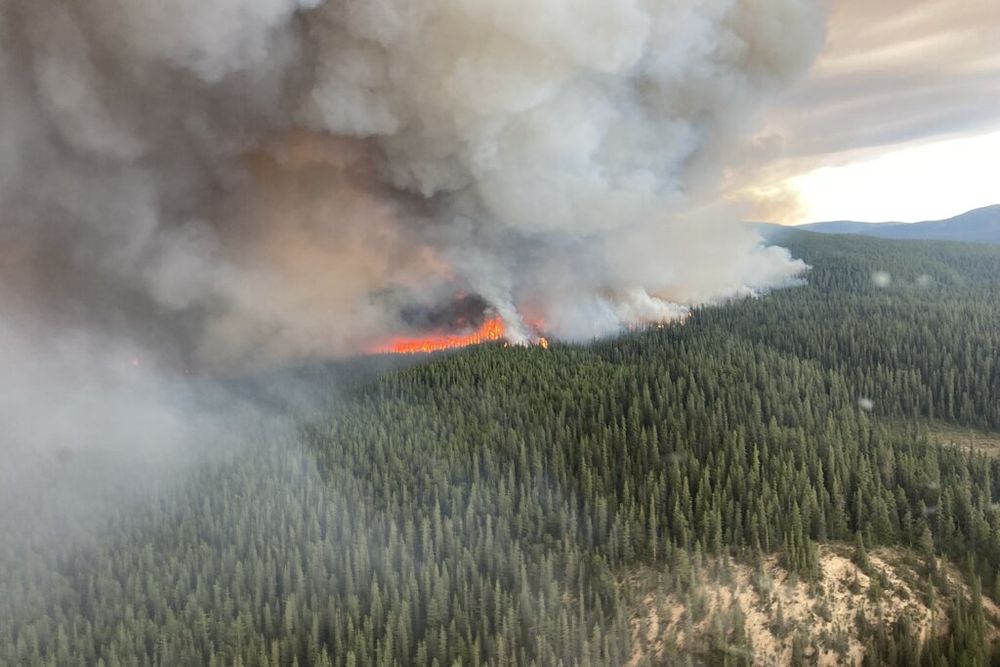

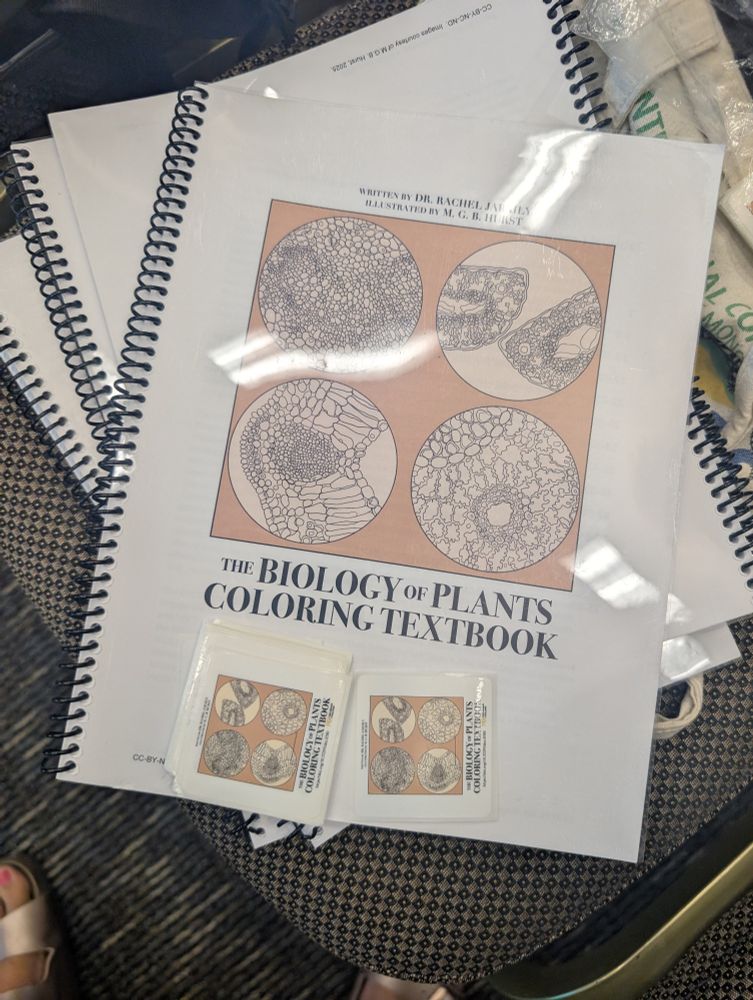
issuu.com/botanicalsoc... #botany #plantscience

issuu.com/botanicalsoc... #botany #plantscience
PIs enter your position info here: forms.gle/2XTHBP6CZGEn...
Prospective students (and PIs not recruiting) share the composite list: docs.google.com/spreadsheets...
Please share! 🧪
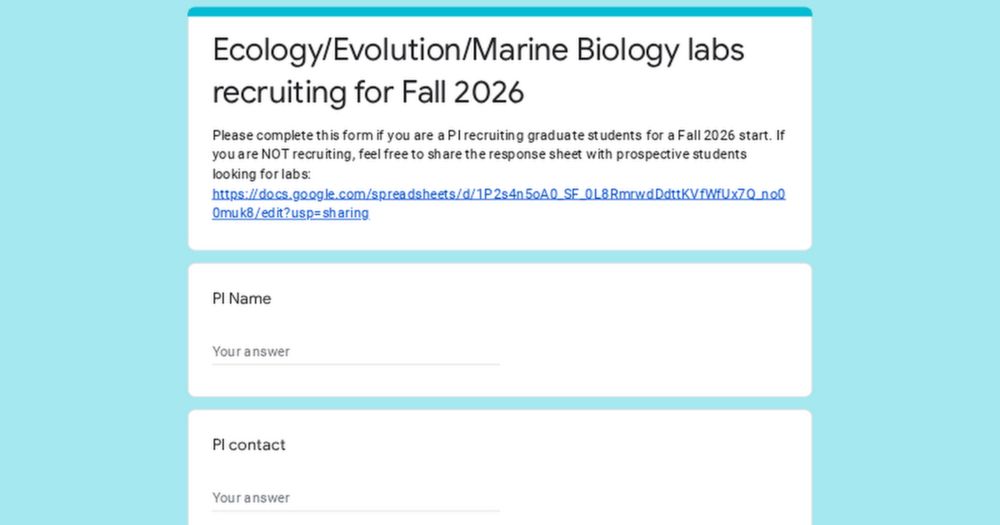
PIs enter your position info here: forms.gle/2XTHBP6CZGEn...
Prospective students (and PIs not recruiting) share the composite list: docs.google.com/spreadsheets...
Please share! 🧪
esajournals.onlinelibrary.wiley.com/share/R6QXPK
www.spectralbiology.org

esajournals.onlinelibrary.wiley.com/share/R6QXPK
www.spectralbiology.org



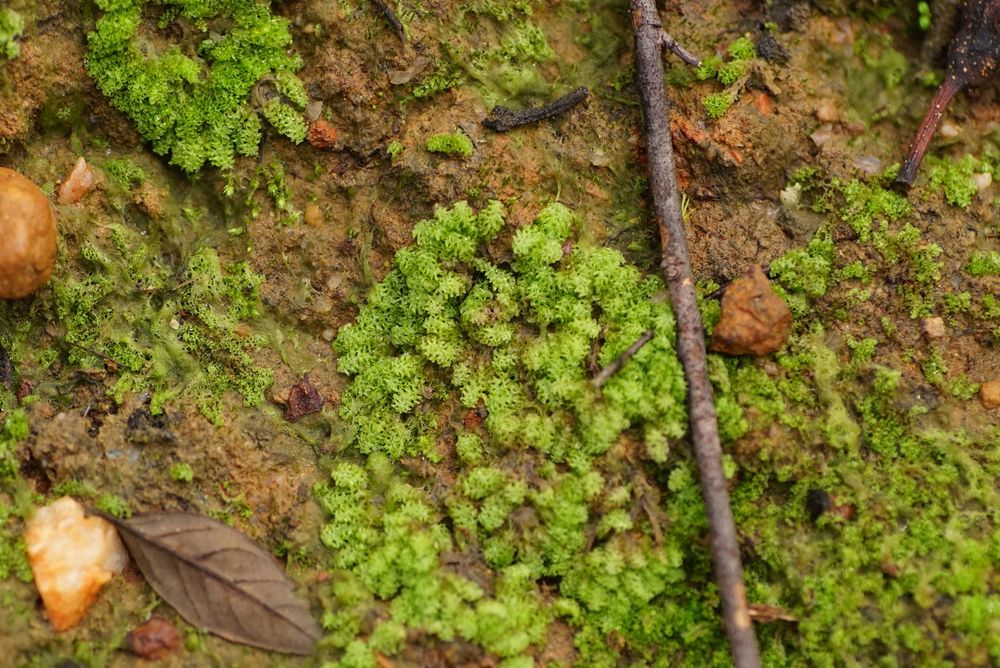

agupubs.onlinelibrary.wiley.com/doi/10.1029/...

agupubs.onlinelibrary.wiley.com/doi/10.1029/...
#ozflora #wildoz #eucalyptus #nativeplants
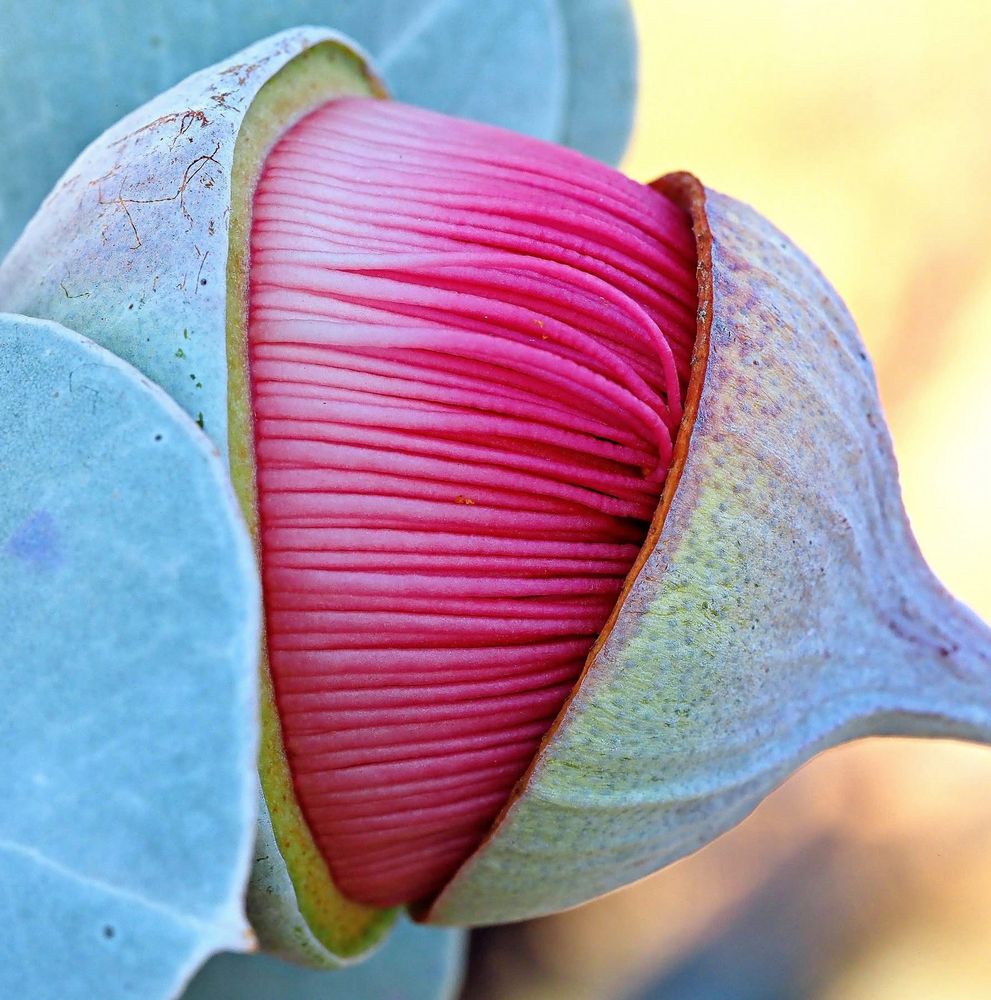
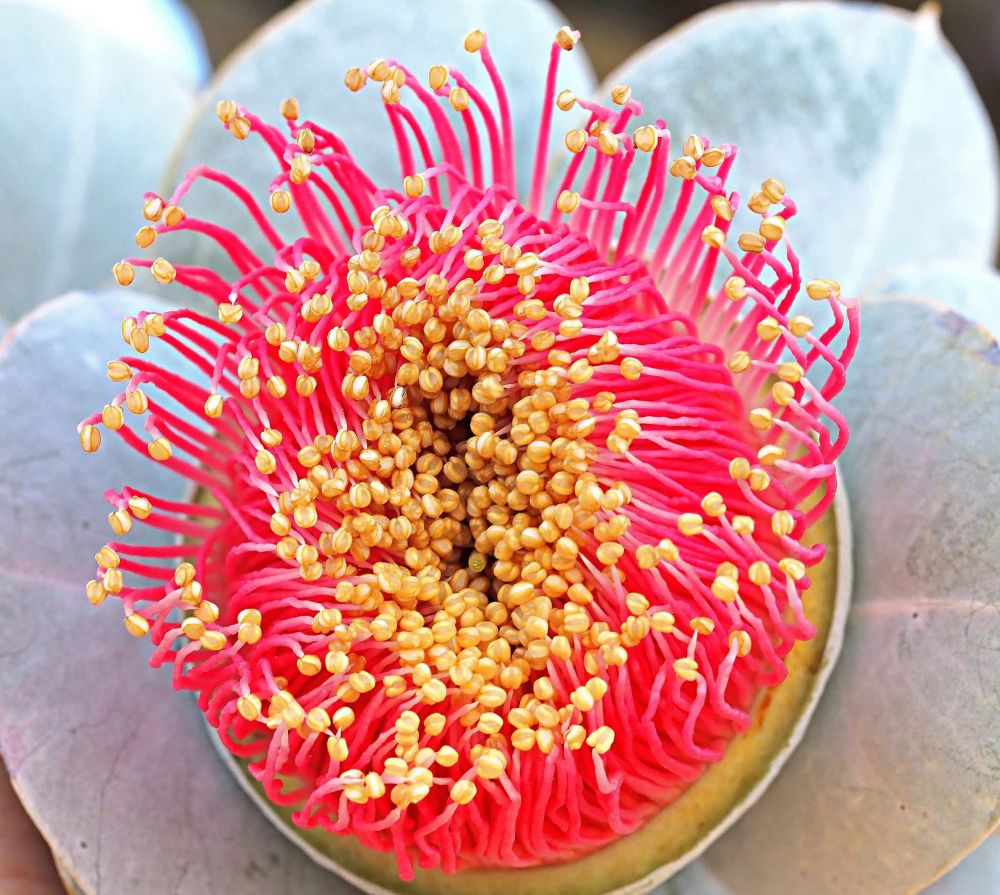
#ozflora #wildoz #eucalyptus #nativeplants
www.priweb.org/donate
#SavePRI
www.priweb.org/donate
#SavePRI
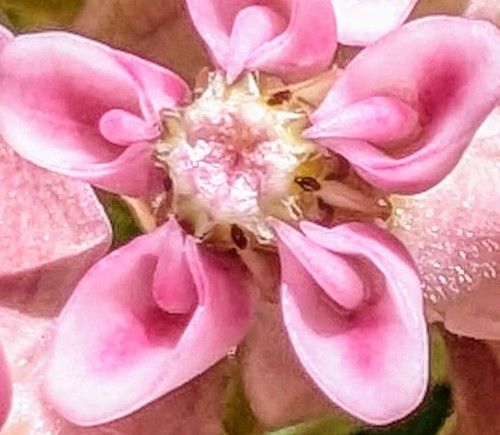


My latest story—about scientists writing op eds in their hometown newspapers, a grassroots effort organized by
@sciencehomecoming.bsky.social and others.
www.science.org/content/arti...

All ('IPCC') CMIP6 models are completely unable to reproduce what NASA satellites observed!
The rate of global warming (starting with Earth's Energy Imbalance and now surface air temperature) has more than doubled!




All ('IPCC') CMIP6 models are completely unable to reproduce what NASA satellites observed!
The rate of global warming (starting with Earth's Energy Imbalance and now surface air temperature) has more than doubled!
www.publish.csiro.au/WF/WF24221#f...

www.publish.csiro.au/WF/WF24221#f...
Fascinating new @newphyt.bsky.social paper by @jgpausas.bsky.social
onlinelibrary.wiley.com/doi/abs/10.1...
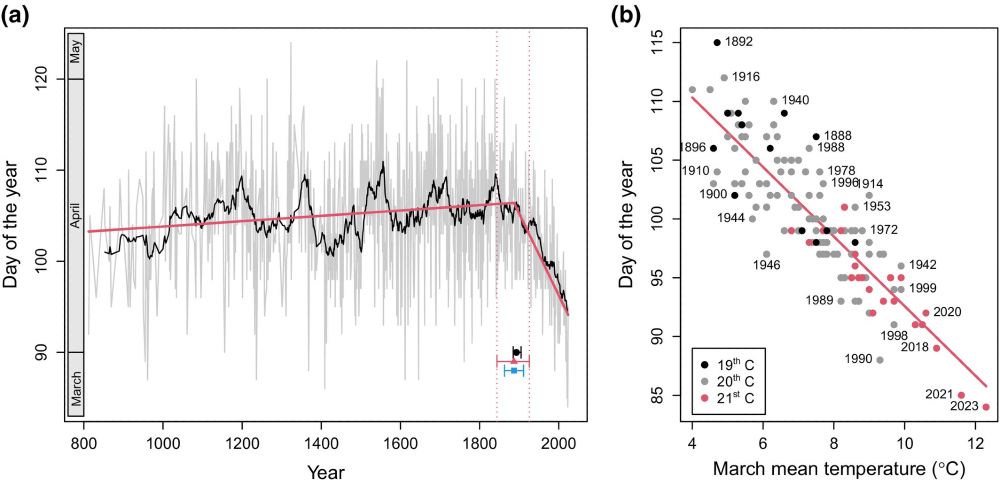
Fascinating new @newphyt.bsky.social paper by @jgpausas.bsky.social
onlinelibrary.wiley.com/doi/abs/10.1...
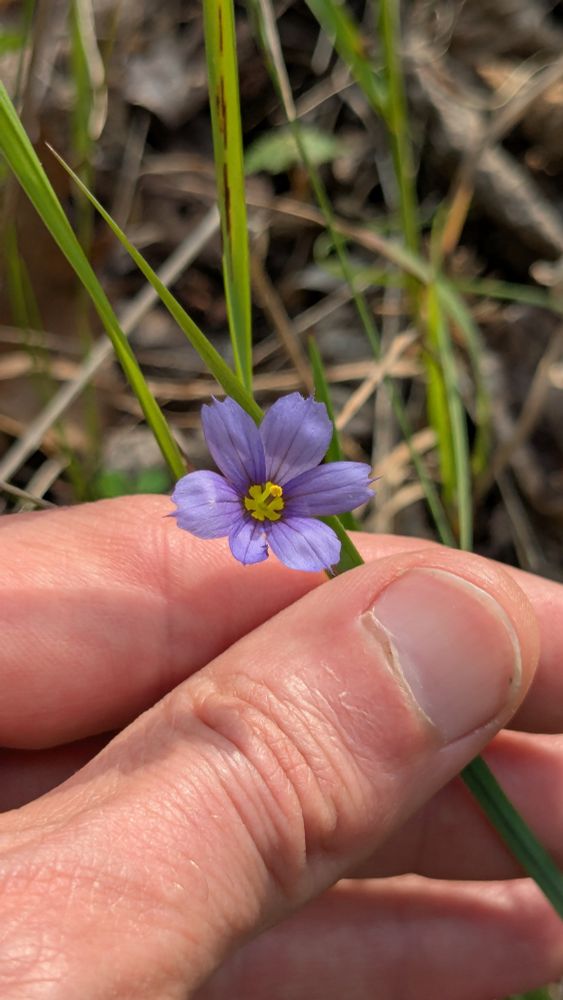
In a new special issue of Science, researchers examine how heat affects plants at multiple scales, from the molecular level to the biosphere. scim.ag/44cSw3Z
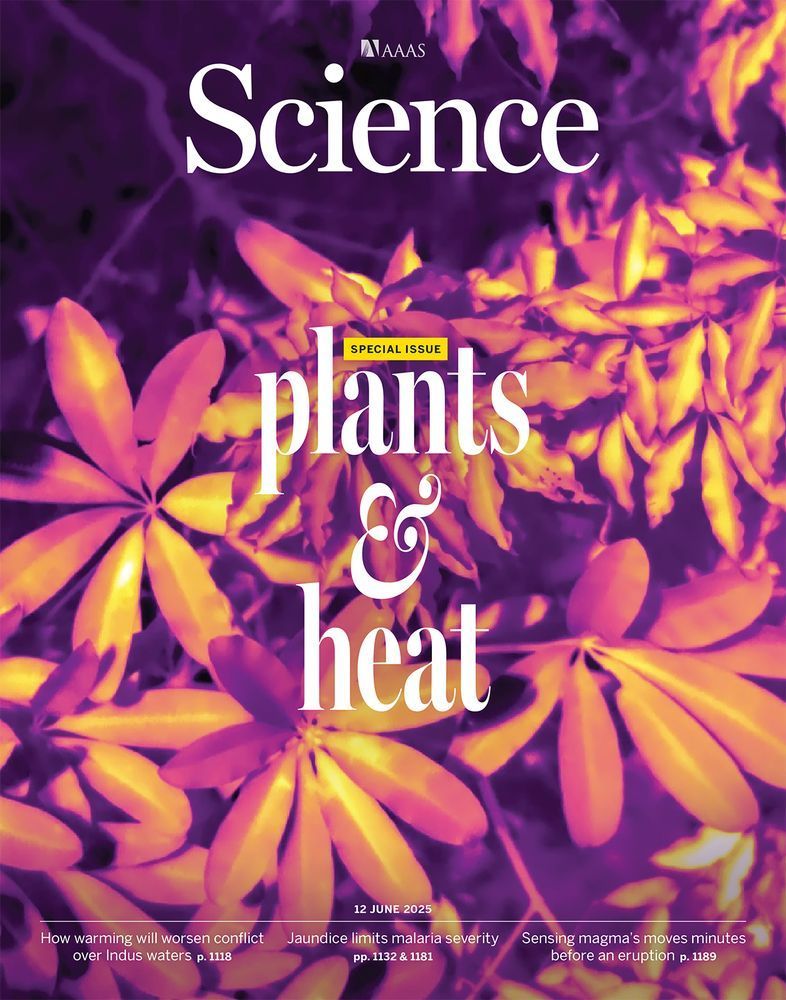
In a new special issue of Science, researchers examine how heat affects plants at multiple scales, from the molecular level to the biosphere. scim.ag/44cSw3Z
Our paper: tinyurl.com/mss2me7v
@newphyt.bsky.social
@vallicrosah.bsky.social @botanykat.bsky.social & Matilda Brown

Our paper: tinyurl.com/mss2me7v
@newphyt.bsky.social
@vallicrosah.bsky.social @botanykat.bsky.social & Matilda Brown

